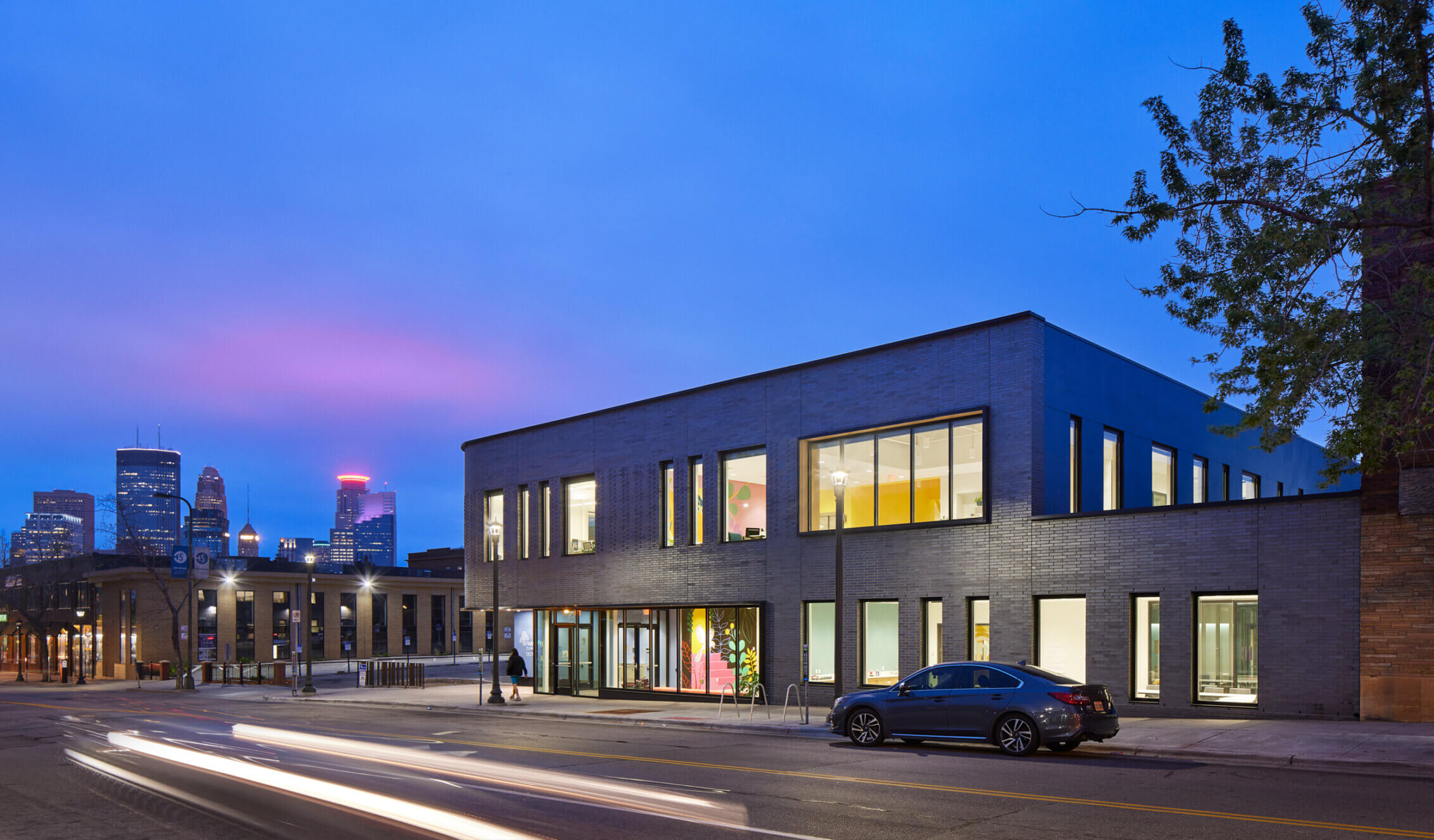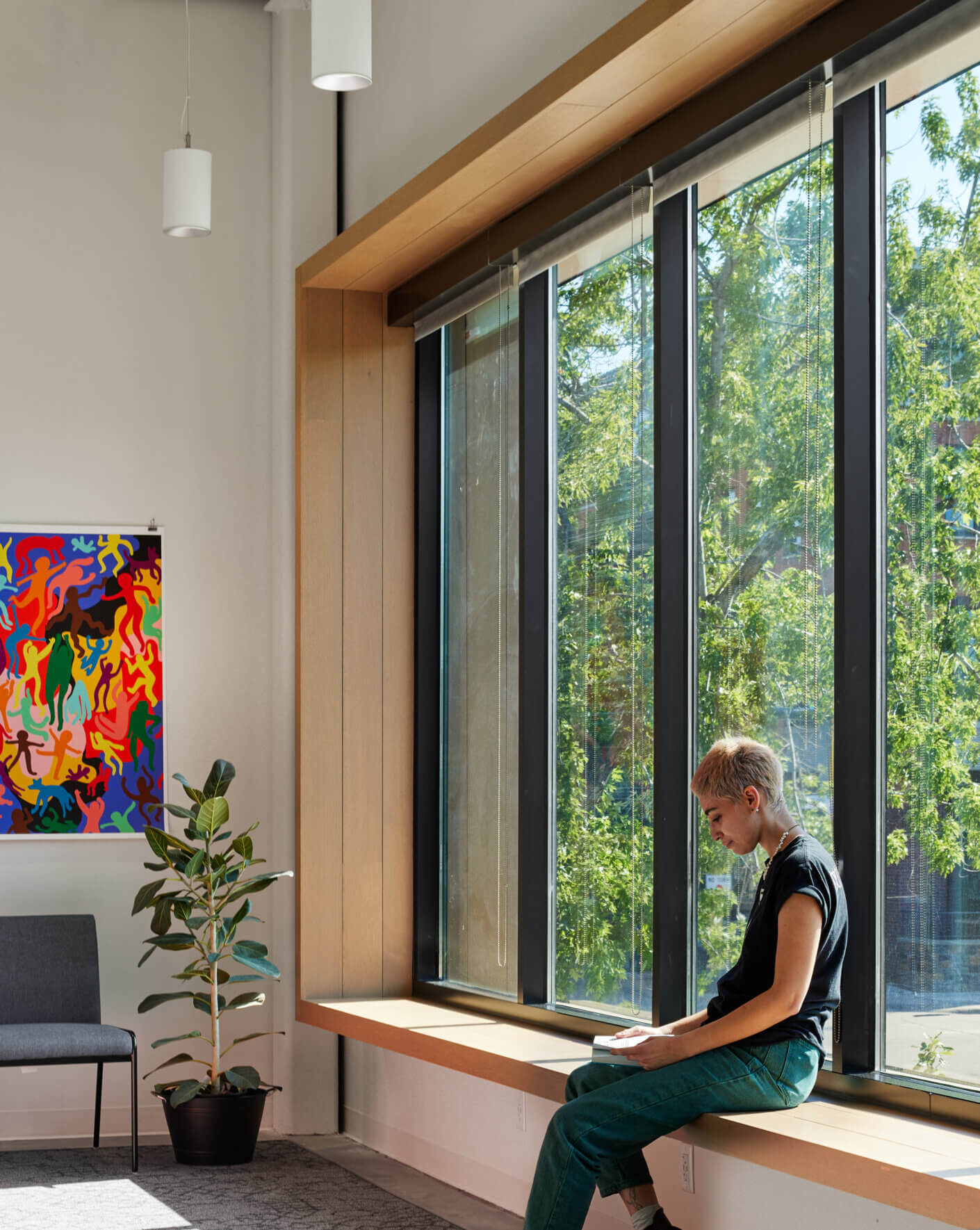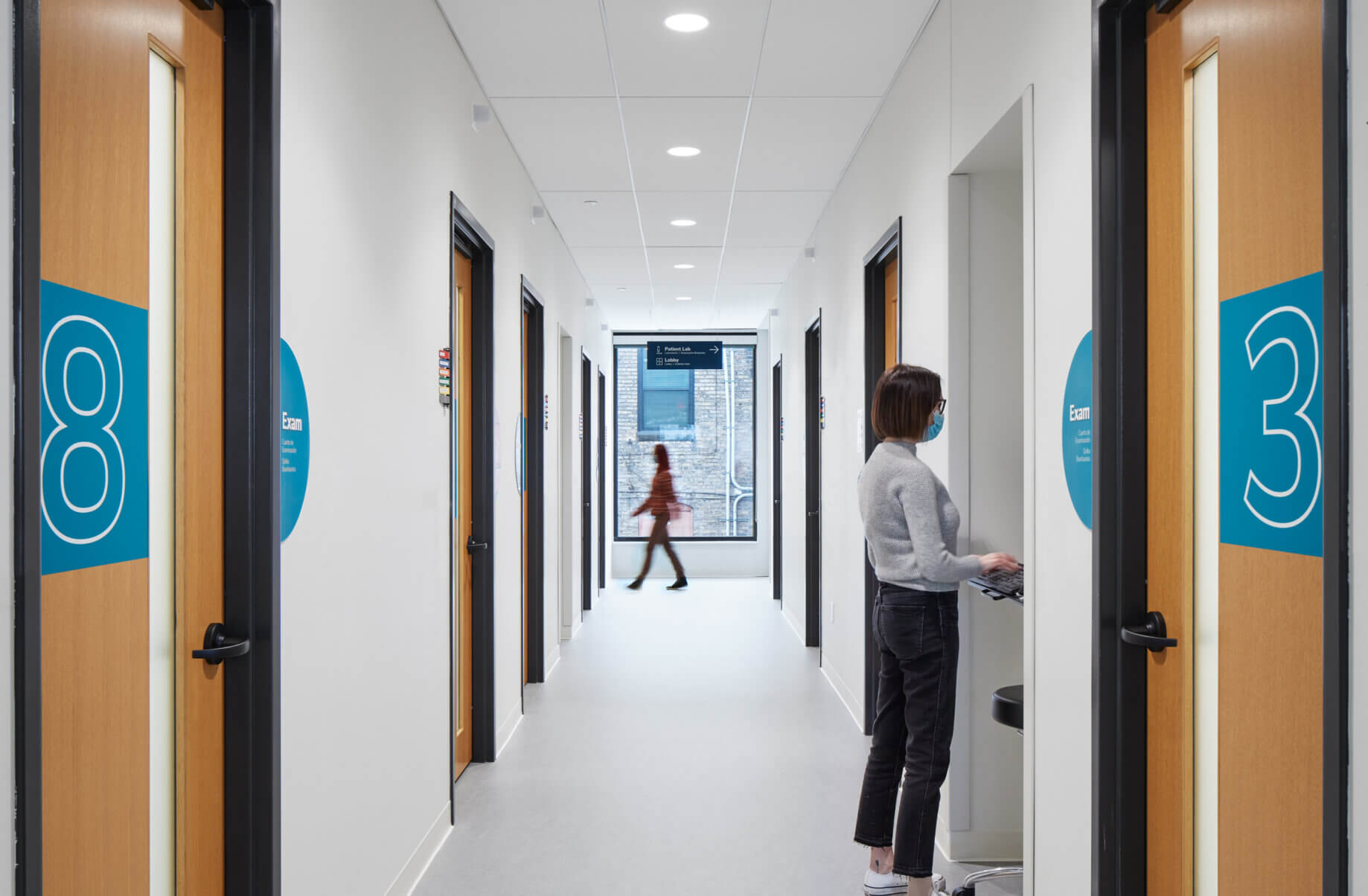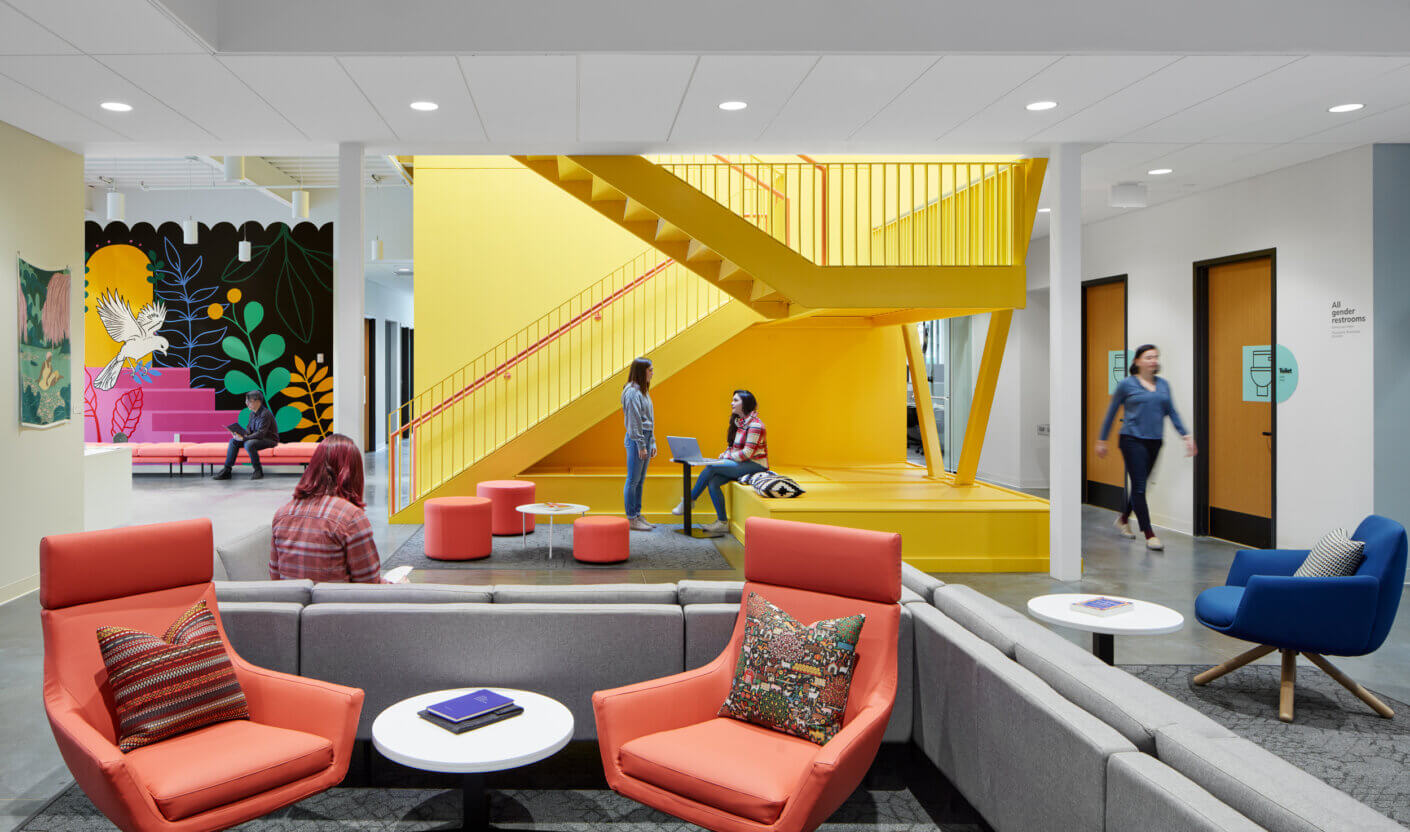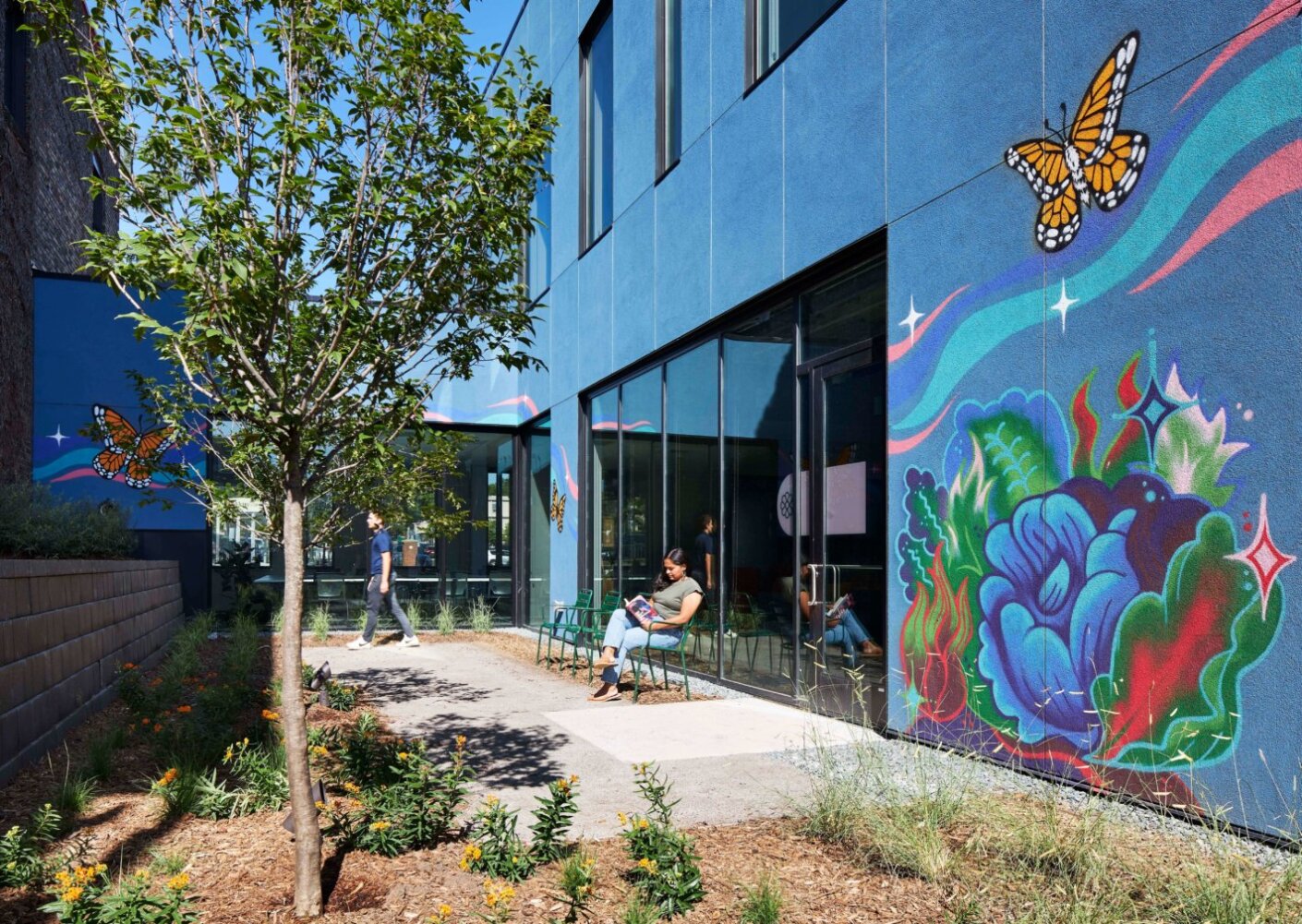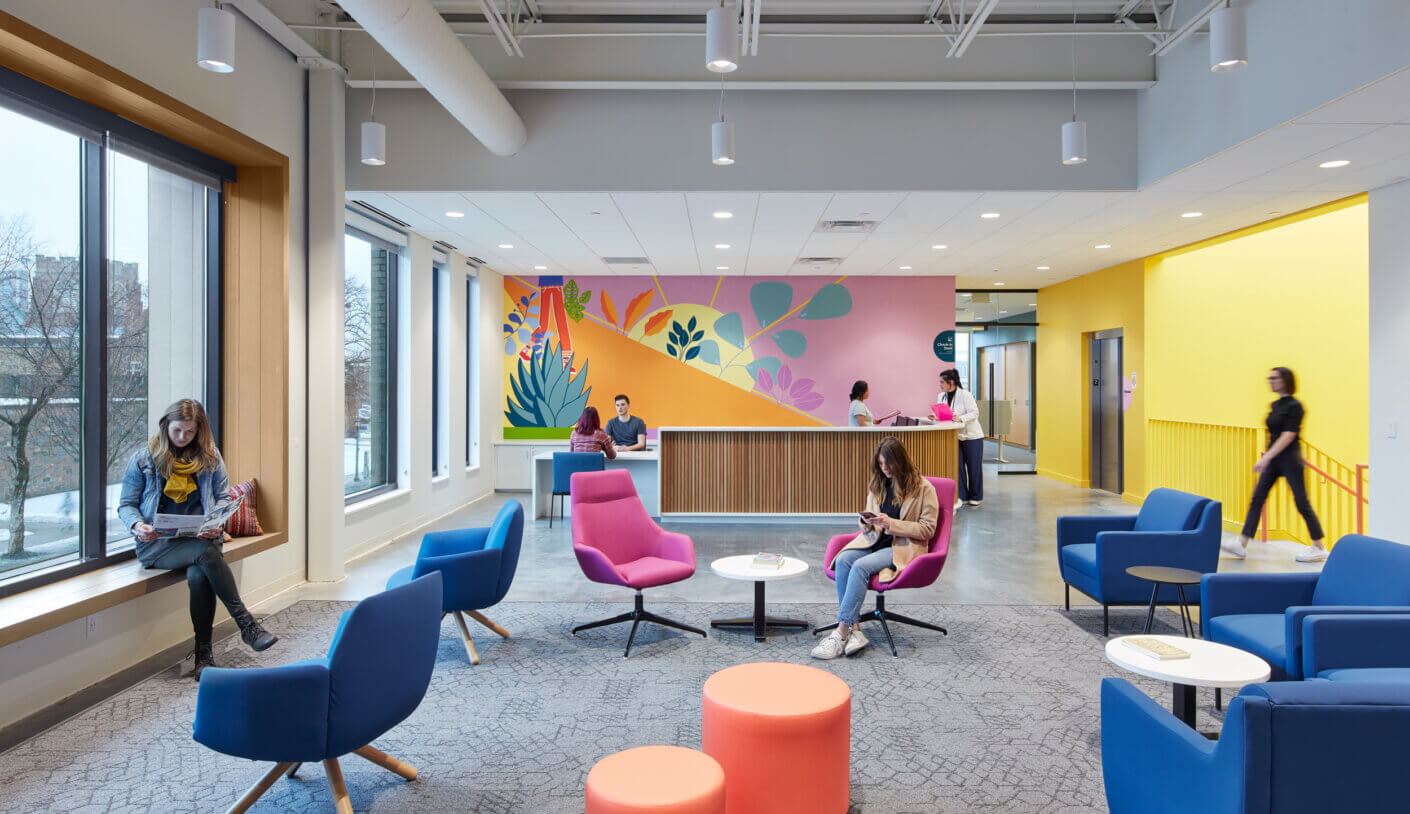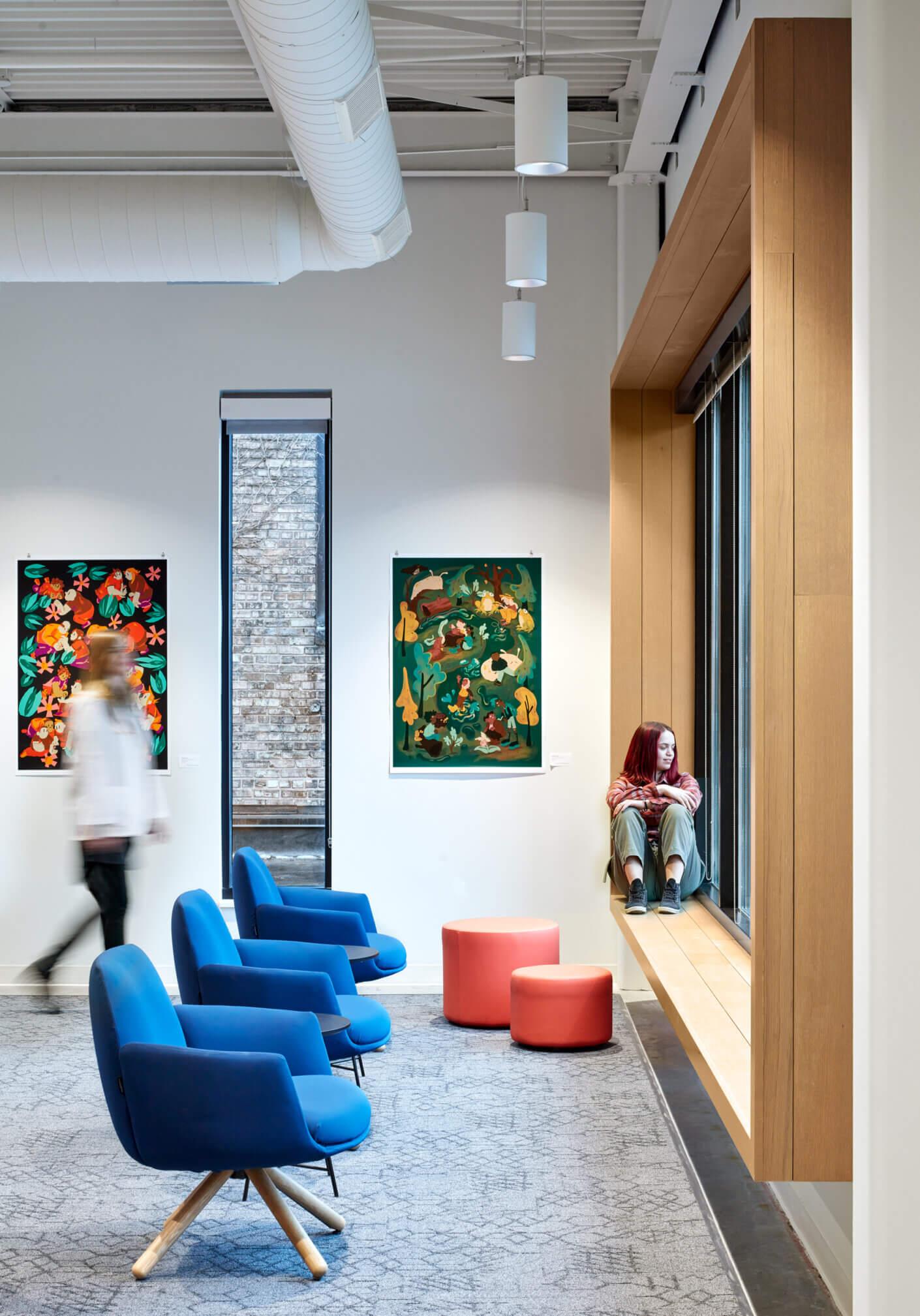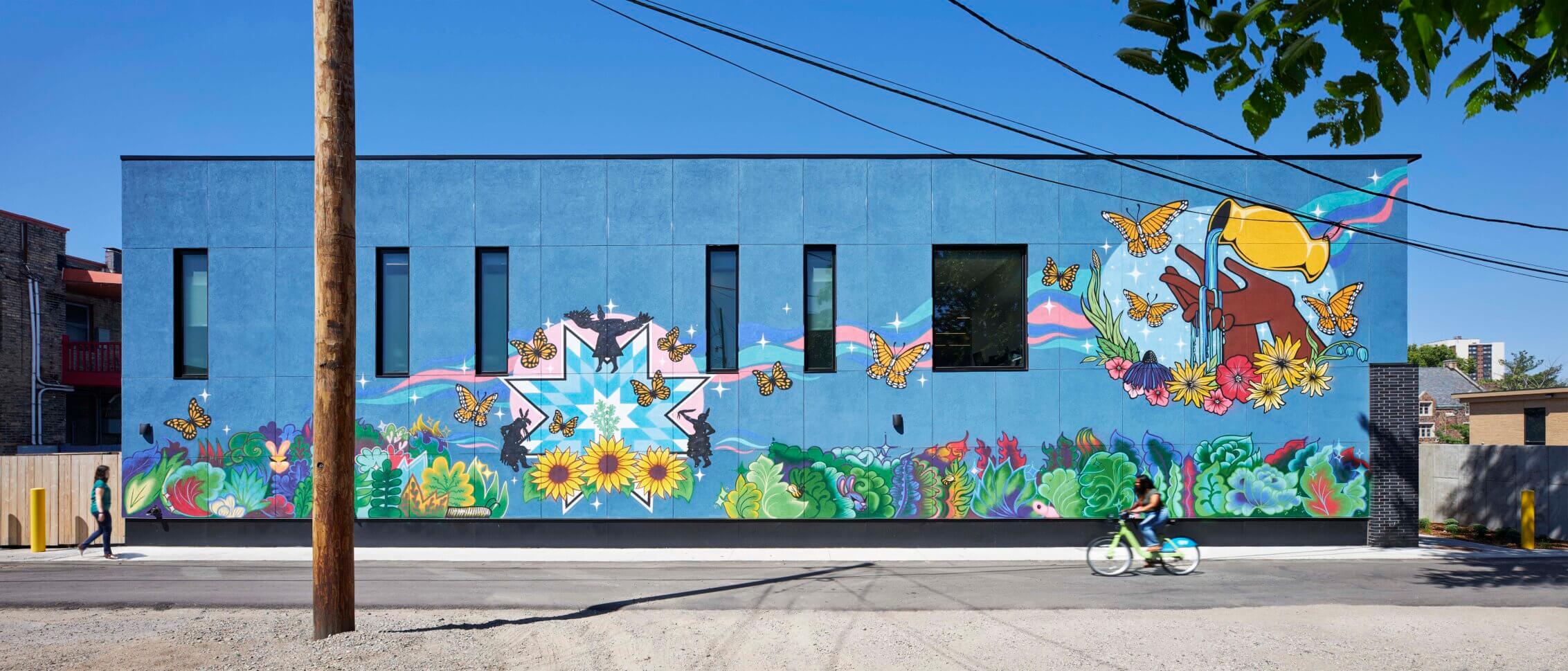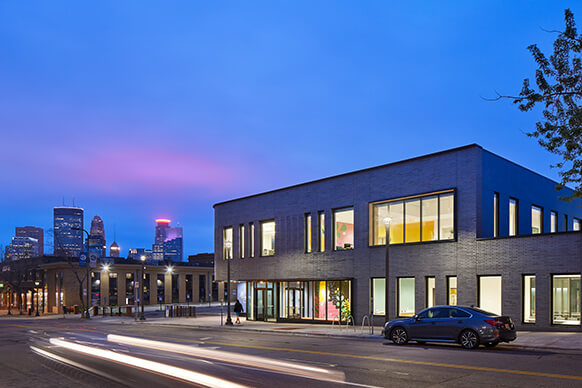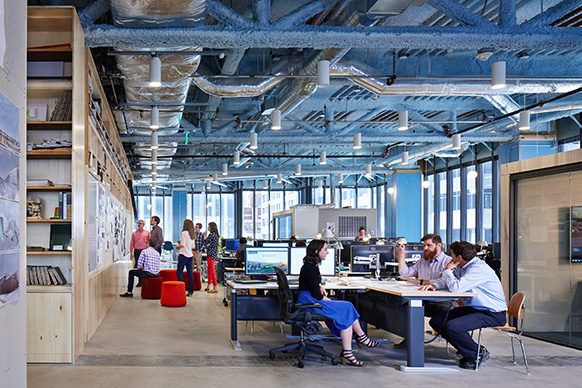What is Trauma-Informed Design?
According to a 2020 study by BMC Public Health, a staggering 57.8% of American adults experienced at least one Adverse Childhood Experience (ACE), with 21.5% experiencing three or more (Zachary Giano, 2020). While these experiences can be nearly any traumatic life event, series of events, or circumstance the most common are: physical, emotional, or sexual abuse; domestic violence; substance abuse; incarceration; war; natural disaster; mental illness; and divorce. With either direct or indirect exposure, The Adverse Childhood Experiences Study showed these patients are often vulnerable to chronic health conditions and health-risk behaviors later in life, such as heart and liver diseases, substance abuse, PTSD, and depression.
The concept of Trauma-Informed Design is quickly gaining momentum as architects and interior designers work to integrate the trauma-informed principles of care into mental healthcare practices. The overarching goal is to create welcoming spaces that demonstrate safety and privacy, while not interfering with the need to assess, diagnose, and monitor clients’ behavior. In Trauma-Informed Design, the physical environment promotes safety through de-escalation for patients and staff. Staff members recognize and address aspects of the physical environment that may be re-traumatizing and work with clients on developing strategies to cope with or avoid potential triggers. The physical environment must provide space that both staff and guests can use to execute treatment and practice self-care.
